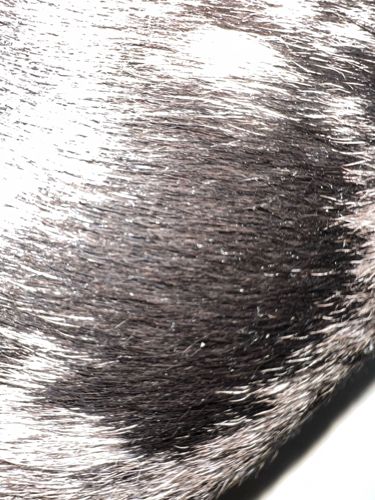Flea
Scientific Name: Siphonaptera (order); specific species vary, e.g., Ctenocephalides felis (cat flea)
Order & Family: Order Siphonaptera, various families (e.g., Pulicidae)
Size: 1.5 to 3.3 millimeters (0.06 to 0.13 inches)

Natural Habitat
Fleas thrive in warm, humid environments. They live on host animals (mammals and birds) and in their immediate surroundings, such as bedding, carpets, cracks in floors, and pet resting areas.
Diet & Feeding
Adult fleas are obligate hematophagous parasites, meaning they feed exclusively on the blood of their warm-blooded hosts.
Behavior Patterns
Fleas are excellent jumpers, using their powerful legs to leap onto hosts. They have a four-stage life cycle: egg, larva, pupa, and adult. Eggs are laid on the host but fall off into the environment. Larvae feed on organic debris, including adult flea feces ('flea dirt'). Pupae encase themselves in a cocoon, often stimulated to emerge by vibrations, warmth, or carbon dioxide indicating a host is nearby. Adults live on the host, feeding and reproducing.
Risks & Benefits
Risks: Fleas cause itching, skin irritation, and allergic reactions (flea allergy dermatitis) in hosts. They can transmit diseases such as murine typhus and plague (historically significant, less common now), and serve as an intermediate host for tapeworms (e.g., Dipylidium caninum) in pets and sometimes humans. Benefits: None significant to humans or the ecosystem; they are primarily considered pests due to their parasitic nature and disease transmission capabilities. In some limited ecological contexts, they can be a food source for insectivorous animals.
Identified on: 10/7/2025